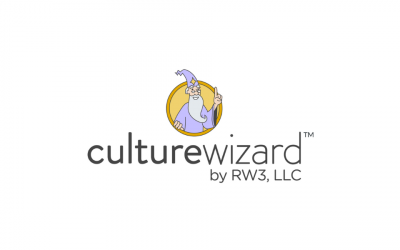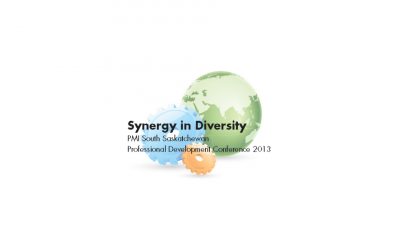Join Cultural Mixology founder Jamie Gelbtuch for this interactive session on how to build trust across borders, mitigate cultural risk factors, and boost workplace performance on global project teams.
Events
PMI Global Congress: Successful Multigenerational PM Leadership
Is “generational competence” part of the leadership skills in your project management toolbox? Leadership in a multigenerational workplace has come to the forefront of many discussions about organizational success.
Melibee Global: Culture 101
We live and work across cultures on a daily basis, but what IS culture? If you are curious to learn more about the basics of cultural theory or need a refresher on how cultural theory has changed over time, this webinar is for you.
RW3 CultureWizard: Generations are Cultures Too!
Today we can have up to four generations working side-by-side. These generations are “cultures” that bring varying expectations, experiences, attitudes, motivations, and behaviors to the workplace.
Melibee Global: Culture 101
We live and work across cultures on a daily basis, but what IS culture? If you are curious to learn more about the basics of cultural theory or need a refresher on how cultural theory has changed over time, this webinar is for you.
Melibee Global: Culture 101
We live and work across cultures on a daily basis, but what IS culture? If you are curious to learn more about the basics of cultural theory or need a refresher on how cultural theory has changed over time, this webinar is for you.
NYC SHRM: Factors that Influence Multicultural Teams
As the workplace become increasingly multicultural in nature, cultural competency plays a critical role in leadership. Successful professionals develop the cross-cultural skills necessary to manage and lead effectively.
PMI South Saskatchewan: Multicultural Project Teams
Cultures present themselves in many forms, including national, generational, and organizational. Responsible project managers identify cultural risks and define mitigation plans from the beginning.
HANYS: Culturally Competent Healthcare Leadership
As health care communities become increasingly multicultural in nature, culturally competent healthcare leadership plays an undeniably critical role.



















